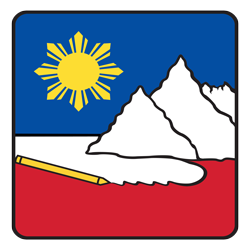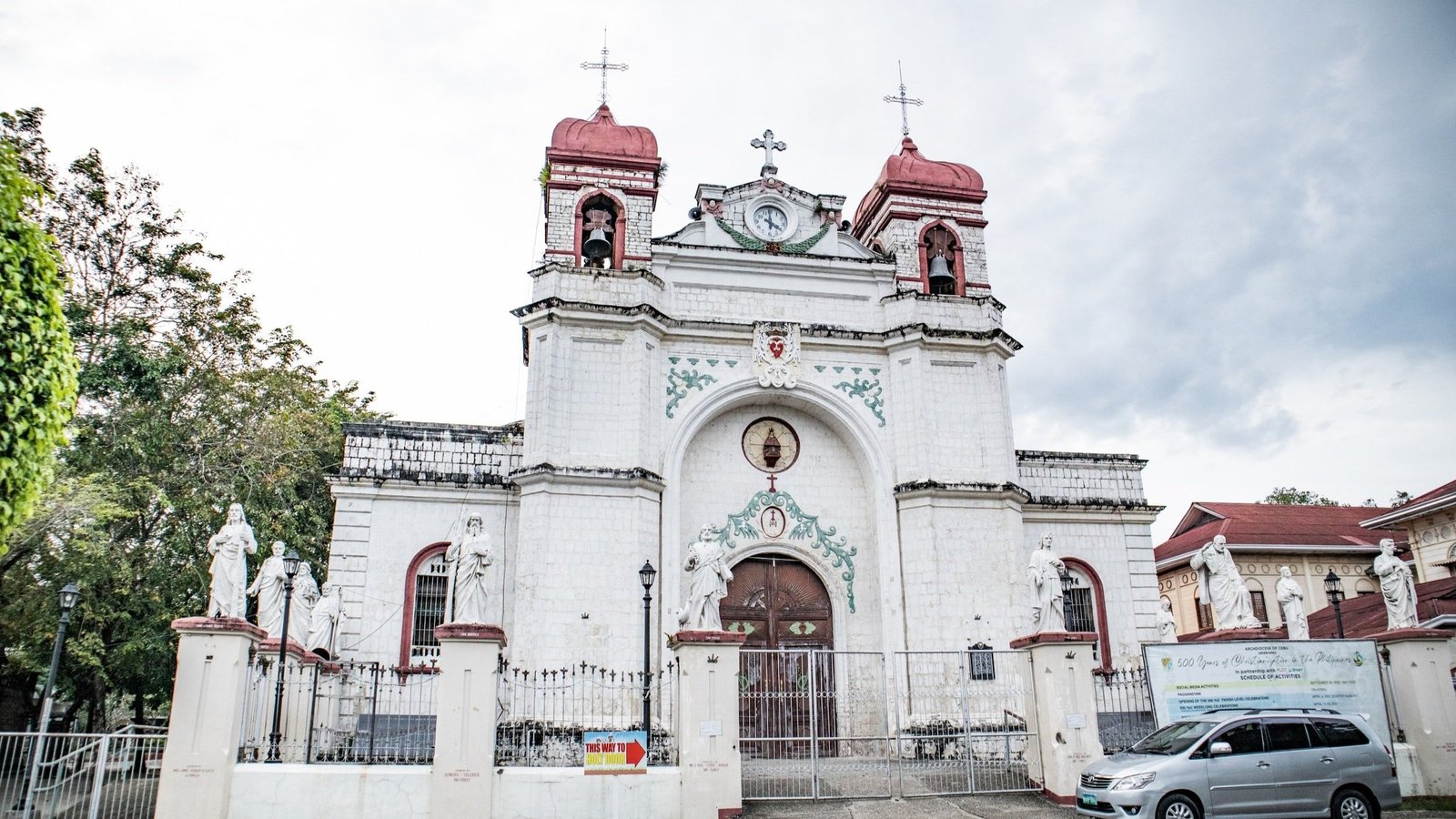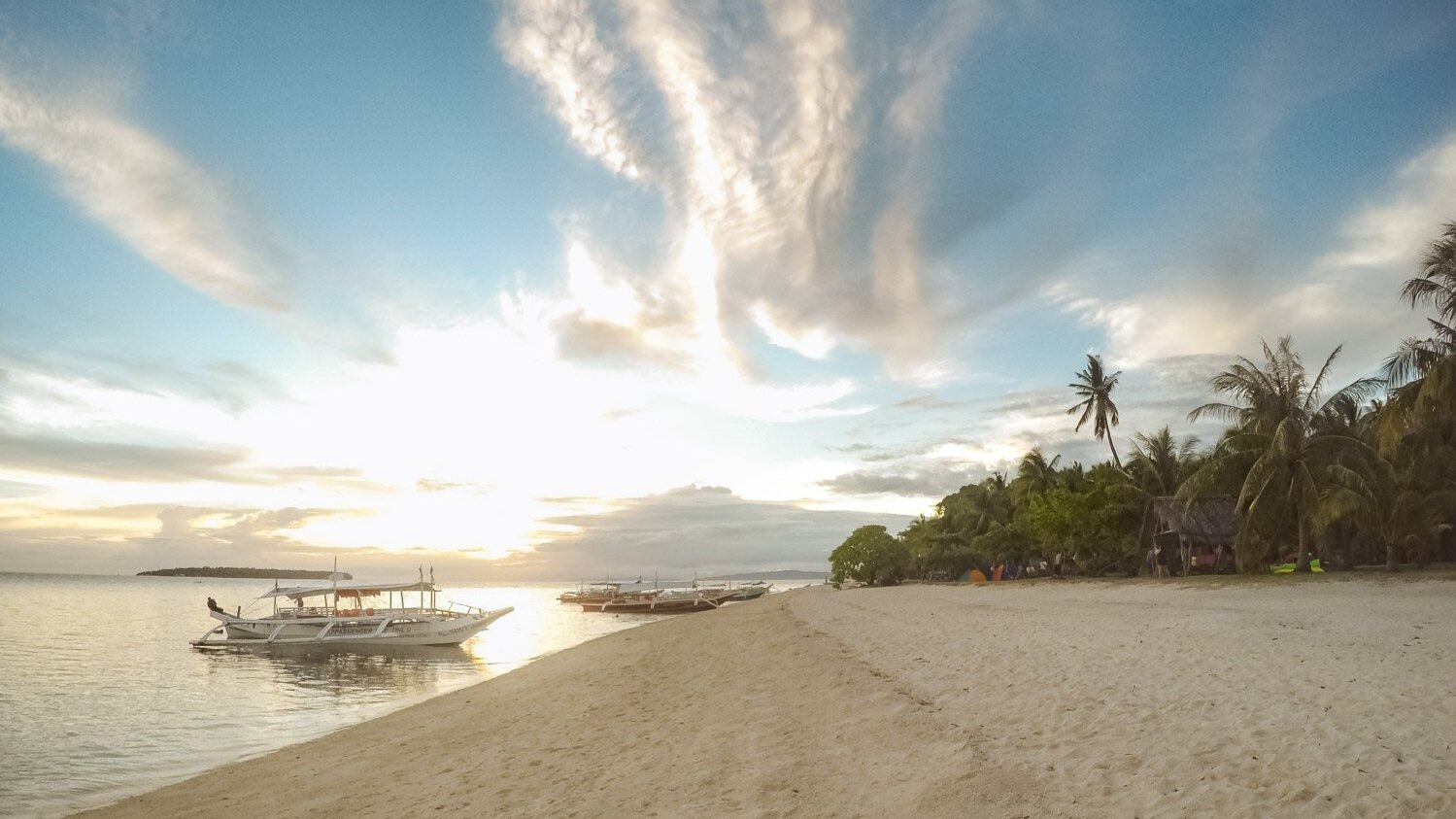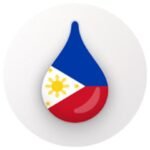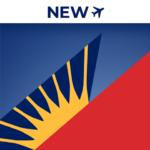Can you believe that although the Philippines is a major Christian nation in Asia, it is composed of Muslims, Protestants, and other indigenous folk believers? Muslims make up 5% of the population, Protestants comprise 9%, and other religions take the remaining 3%. Around 83% of Filipinos are Roman Catholic. This is due to the heavy influence of Spanish colonists which lasted for 333 years (1565-1898). In fact, 8 out of 10 people in the Philippines consider religion very important.
Table of Contents:
- What are the Other Christian Denominations in the Philippines?
- What is the History of Religion in the Philippines?
- The Arrival of Religion During the American Colonization Timeline
- Christian and Catholic: What's the Difference?
- What are the Political and Religious Conflicts Between Muslims and Christians in the Philippines?
- What are the Local Based Independent Christian Churches in the Philippines?
- How Does the Philippine Government Protect Religious Freedom in the Philippines?
- SUMMARY: Religion in the Philippines: Interesting History and Background
What are the Other Christian Denominations in the Philippines?
A vast majority of around 76 million Filipinos practice Catholicism. The other Christian denominations comprise 11% of the population, such as Protestants, El Shaddai, Jehovah’s Witnesses, and Iglesia Ni Cristo. There are about 90 Religious Affiliations in the Philippines recognised by the Philippine government.
Around 5.6% are Muslims, who mainly reside in the southern island of Mindanao and Southern Palawan, Philippines. Christianity and Islam are two foreign religions in the world that Filipinos embrace and practice today. Here are some interesting Spanish influences on Philippine Culture that you might want to know.
What is the History of Religion in the Philippines?
Curious about the religion in the Philippines? Take a look at this. When the Spanish colonists came to the country in the mid-1500s, there were many Filipino natives who refused to accept Christianity. At that time, Muslims (followers of the Islam religion), had already been very strong through the influence of Southeasian traders in 1380.
There were anitists or pagans who lived in mountainous areas. They are early southeast Asian indigenous who worship mystical beings and pay deep respect to nature.
The strong belief in Anito (or ancestor spirits and nature spirits) is referred to as Anitism. It is the traditional religion of the ancient Filipinos. In anitism, the creator of the well-being and the supreme God of the Filipinos has been called by the locals as Bathala since prehistoric times. Many ethnic people and tribal groups in the Philippines living in the mountainous and remote areas continue to practice and conserve their unique indigenous religious beliefs in the Philippines, including their strong faith in Anito. As a “melting pot of Eastern and Western culture”, the Philippines traditions are greatly influenced by indigenous Austronesean folks who wandered around the Philippines around 2200 BCE (Before the Common Era). Igorots in the Central Cordilleras, are one of many native people in the Philippines, who still uphold the way of life and beliefs in spirits. Know more about the unique and rich culture of the Igorots.
NOTE : Religion in the Philippines is pretty complex. There were people who adapted the religion brought by the colonizers of the country centuries ago, while there were also some who still performed their ancestors’ religious practices and beliefs.
The Arrival of Religion During the American Colonization Timeline
You might have heard of America’s colonization of the Philippines, haven’t you? Did you know that Americans colonized the Philippines from 1898 to1946 to promote Christianity and democracy? During the early part of the 20th century, many other sects and religions came to the Philippines. These are namely:
-
Protestantism started around 1898.
-
The United Methodist Church mission began in about 1899.
-
Jehovah’s Witnesses arrived in the Philippines in 1912.
-
United Pentecostal Church International arrived in the Philippines in 1921.
During America’s colonization period, English was introduced to the Philippines. Learn more about the national language in the Philippines and discover why most Filipinos can speak conversational English.
Christian and Catholic: What's the Difference?
What makes Catholics different from Christians? If you are one of the many who can’t pick out the difference, here’s the catch. All Catholics are Christians, but not all Christians are Catholics. Christians are people who follow the life and teachings of Jesus Christ, while Catholics believe in the doctrine and authority of the Pope, the head of the Catholic Church. Like other Christians, Catholics also believe in Jesus Christ and follow the Catholic religion ruled by the Vatican, the Center of Christianity, where the Pope lives. In the Philippines, Catholics call church leaders “Father”. Other Filipino Christians can be referred to as Protestant, Seventh-Day Adventist, Bible Baptist, Born Again Christian, Mormon, Anglican or Iglesia ni Cristo member, and among others. These Christians are free to accept and interpret the teachings of the Holy Book called the Bible containing the “word of God”.
NOTE : As one of the happiest people in the world, Filipinos celebrate year-round festivals and holidays. Fiestas are festive, colorful, and very special. There is no ordinary occasion in the Philippines.
What are the Political and Religious Conflicts Between Muslims and Christians in the Philippines?
A lot of people think of Muslims as strongly dominant people in Mindanao. Note that their influence in some parts of the Visayas and Luzon islands is also felt. History revealed that prolonged religious and political conflicts in the Philippines started when the Spaniards set foot in the country.
Spanish colonizers kept an eye on converting non-Christians to Roman Catholics. However, Muslim people remained faithful to their God named Allah.
Read our page about the brief political history of the Philippines to understand the long history of political conflict that can be traced back to Spanish colonization.
What are the Local Based Independent Christian Churches in the Philippines?
You’ll be interested to know that the Philippine Independent Church was formed during the period of rebellion against Spain in 1902. The mistreatment of Filipinos under Spanish colonial rule and the execution of nationalist José Rizal, who revolted against Spain and eventually became the national hero of the Philippines, drove people to create independent churches in the country. Today, there are several nationalized Christian Churches in the Philippines namely:
The church follows the teaching of Jesus Christ, but strongly opposes the Roman Catholic Church’s doctrine and the leadership of the Pope. Its members are mostly in the northern part of Luzon and throughout the Philippines including the diaspora (Jewish people living outside Israel) in North America, Europe, the Middle East, and Asia.
How Does the Philippine Government Protect Religious Freedom in the Philippines?
SUMMARY: Religion in the Philippines: Interesting History and Background
How do you find the long history of religion in the Philippines? Check out the interesting facts about the Philippines and discover the natural beauty and rich culture of the country.
